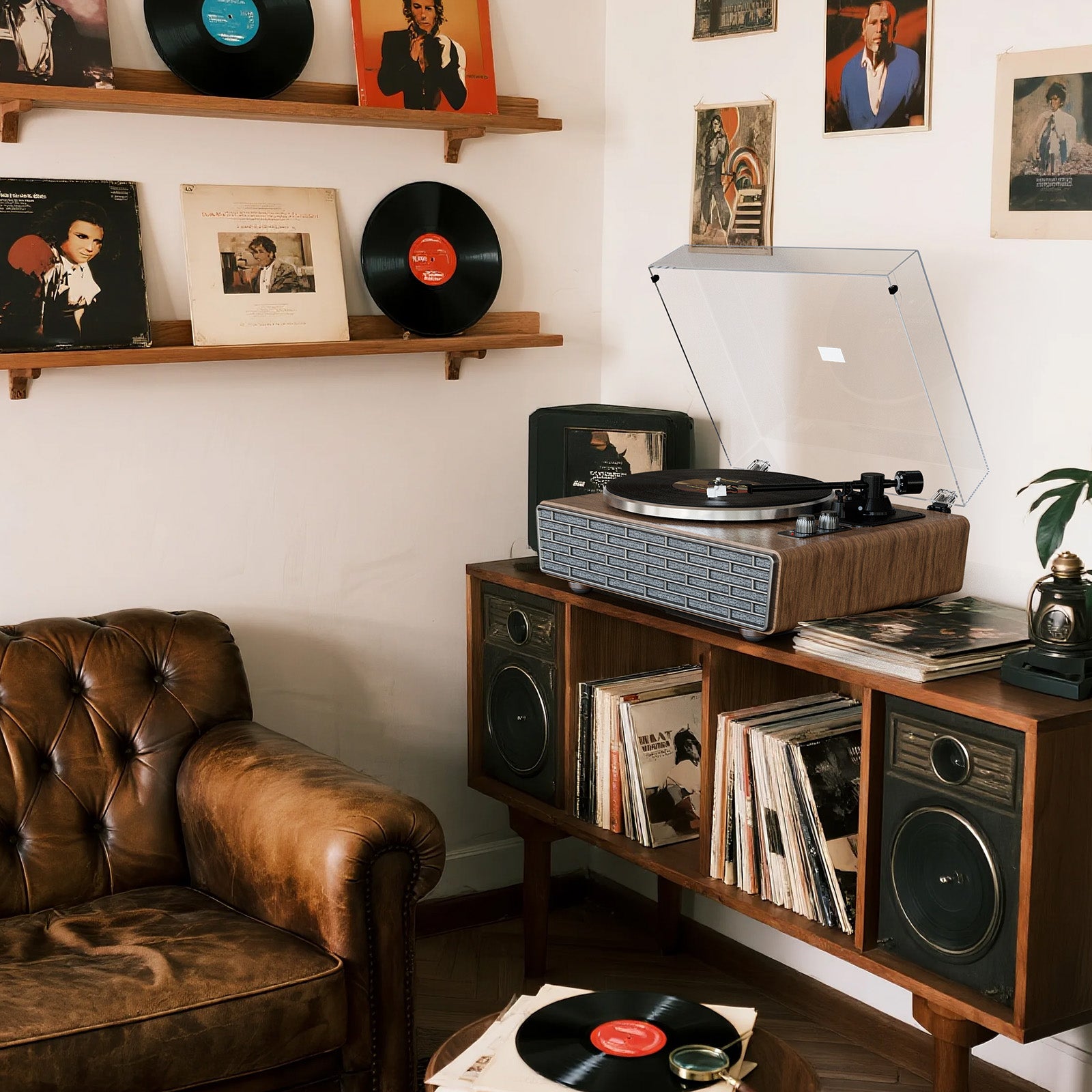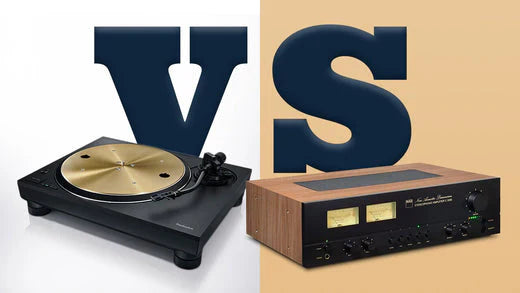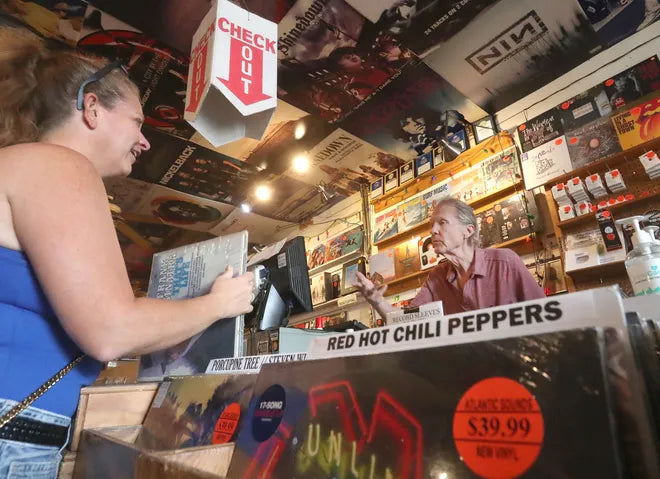The allure of vinyl records – the warm sound, the tangible art, the engaging ritual – is undeniable. But the perceived high cost of entry, often fueled by images of elaborate audiophile systems, can seem daunting for beginners or those on a tighter budget. The good news? Building a genuinely satisfying turntable setup that delivers the magic of analog listening without breaking the bank is entirely achievable in 2025. It requires prioritizing wisely, understanding basic principles, employing smart strategies, and focusing on the core components that truly impact your listening experience. This guide will walk you through creating your affordable analog dream.

Foundation First: Choosing a Budget-Friendly Turntable
The turntable is the heart of your vinyl setup, so choosing wisely here is crucial, even on a budget. The priorities should be reliability, decent sound potential, and, critically, not damaging your precious records. Look for turntables from reputable brands known for quality entry-level gear, such as Audio-Technica (models like the AT-LP60X series or LP120XUSB), U-Turn Audio (their Orbit Basic), or base models from Fluance. Features to favor, even in budget models, include an adjustable counterweight and anti-skate control (allowing proper setup for the cartridge to minimize record wear and improve tracking) and a decent pre-installed Moving Magnet (MM) cartridge from a known manufacturer. Steer clear of turntables with non-replaceable ceramic cartridges and those with speakers built into the main unit, as these often compromise sound quality and can cause excessive wear on your records. While exploring the used market for vintage turntables can yield fantastic value, it requires research, careful inspection, and potential maintenance, making it riskier for absolute beginners compared to buying a reliable new model with a warranty. Reputable budget turntable reviews can be invaluable resources.
Sound Reproduction: Phono Preamp, Amplification, and Speakers on a Budget
A turntable's cartridge produces a very low-level signal that needs two things: amplification and RIAA equalization. This is the job of the phono preamplifier (or phono stage). Many budget-friendly turntables conveniently include a built-in, switchable phono preamp, allowing you to connect directly to powered speakers or any amplifier input labeled "Aux" or "Line". This is often the simplest path for beginners. If your chosen turntable lacks a built-in preamp, or if you want a potential sound quality upgrade later, affordable external phono preamps like the Schiit Mani or ART DJ Pre II offer excellent value.

For amplification and speakers, powered speakers are often the most straightforward budget solution, as they have amplifiers built directly into the speaker cabinets. Brands like Edifier or Klipsch offer well-regarded powered bookshelf speakers at various budget price points. Alternatively, you can opt for a separate amplifier/receiver and passive speakers. The used market can be a treasure trove for quality vintage receivers or integrated amplifiers at low prices. Pair one with a set of budget-friendly passive bookshelf speakers from brands like Polk Audio, Sony (Core Series), or ELAC (Debut series) for a potentially more powerful and upgradeable system, albeit requiring more setup effort. The key is achieving system balance – even a great turntable will sound poor through inadequate speakers.
Setup Secrets: Room Acoustics & Speaker Placement Basics
You don't need an acoustically treated room, but a few basic setup principles can dramatically improve the sound of even a budget system at no extra cost.
Mastering speaker placement fundamentals is crucial. Aim for an equilateral triangle between your listening position and the two speakers (the "stereo triangle") for optimal imaging. Crucially, avoid placing your speakers on the same surface as your turntable, as vibrations from the speakers can travel back to the turntable and cause feedback or skipping. Place speakers on separate stands or shelves if possible. Keeping speakers slightly away from room corners can also reduce excessive bass boominess.
Simple room acoustics matter too. Hard, reflective surfaces (bare walls, glass windows, hardwood floors) can make sound harsh and muddled. Soft furnishings like rugs, curtains, bookshelves, and upholstered furniture absorb sound reflections, leading to clearer, more pleasant sound. Even minor adjustments can make a noticeable difference without costing anything.

DIY Sound Boosts: Simple Tweaks for Better Performance
Beyond basic setup, several low-cost or DIY tweaks can further optimize your budget system's performance, tapping into the hands-on nature of the vinyl hobby.
Vibration isolation is paramount for turntables. Ensure your turntable rests on a sturdy, level surface, away from foot traffic and speakers. Simple DIY solutions can be highly effective: placing the turntable on a heavy butcher block or stone slab resting on halved racquetballs or squash balls can significantly dampen vibrations. Affordable isolation feet or platforms are also available. This matters because reducing vibrations leads to clearer sound, better bass definition, and reduced skipping (Physics Principle: Vibration Control).
Ensure your turntable is perfectly level. Use a small, inexpensive bubble level on the platter. A level turntable allows the stylus to track the groove evenly in both channels and maintain consistent speed.
If your turntable allows for it (typically those with standard headshells), checking cartridge alignment using a free printable alignment protractor can ensure the stylus sits correctly in the groove, minimizing distortion and record wear. This might be slightly advanced for total beginners but worth exploring as you learn.
Finally, never underestimate the importance of clean records. Use an inexpensive carbon fiber brush before each play to remove surface dust. For dirtier used records, basic record cleaning solutions and microfiber cloths can make a world of difference. Clean records sound better and preserve your stylus.

Conclusion: Your Affordable Analog Dream
Building your dream turntable setup on a budget in 2025 is not only possible but can be an incredibly rewarding process. It requires shifting focus from expensive gear to smart choices: prioritizing a reliable turntable that protects your records, understanding the roles of essential components like the phono preamp and speakers, paying attention to basic setup principles like placement and isolation, and employing simple tweaks to maximize performance. It proves that the tangible joy, engaging ritual, and unique sonic character of vinyl are accessible without requiring an audiophile's budget. Enjoy the journey of discovery, the satisfaction of optimizing your system over time, and most importantly, the music. Making informed choices allows you to create a personal space where you can truly appreciate quality experiences (a philosophy perhaps explored further at XJ-HOME). Happy listening!





Leave a comment
All comments are moderated before being published.
This site is protected by hCaptcha and the hCaptcha Privacy Policy and Terms of Service apply.